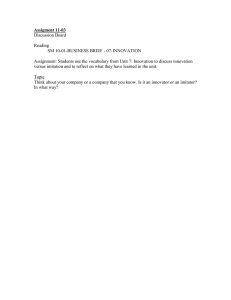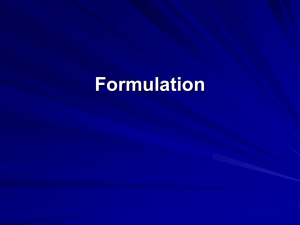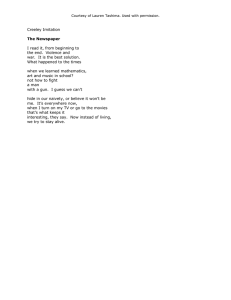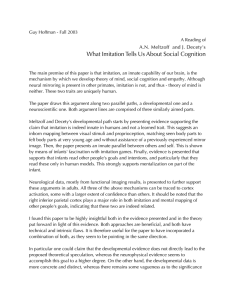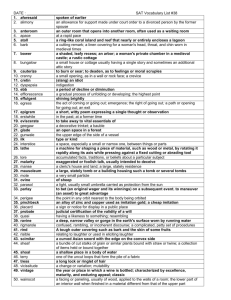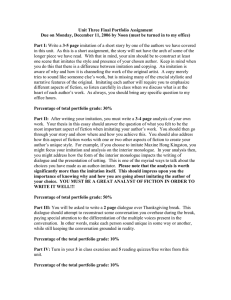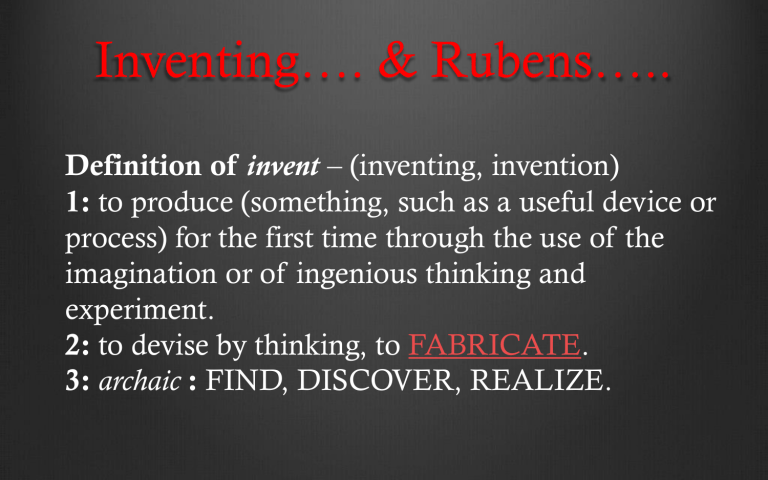
Inventing…. & Rubens….. Definition of invent – (inventing, invention) 1: to produce (something, such as a useful device or process) for the first time through the use of the imagination or of ingenious thinking and experiment. 2: to devise by thinking, to FABRICATE. 3: archaic : FIND, DISCOVER, REALIZE. Keywords: To some painters the imitation (mimesis) of the antique statues has been extremely useful, and to others pernicious, even to the ruin of their art. I conclude, however, that in order to attain the highest perfection in painting it is necessary to understand the antiques, nay, to be so thoroughly possessed of this knowledge that it may diffuse itself everywhere (What?) Yet it must be judiciously applied (judgment), and so that it may not in the least smell of the stone (statuino.) For several ignorant painters, and even some who are skillful, make no distinction between the matter and the form, the stone and the figure, the necessity of using the block, and the art of Theories of Italian 17th c. Art. Everyone agreed that painting depends on the imitation of -------- and ----------. Painting is made up of 3 parts -------, design, and color. Agucchi thinks that imitation also includes imitating “national” schools, like ------- and ------, combined in a synthetic and selective manner. Boschini thinks that invention involves, not just knowledge, but---------. Marino thinks that all artists are inspired by other works, sometimes to translate, sometimes ----- and often ------. Glycon and Rubens, Farnese Hercules. Invention, IMITATION or TRANSFORMATION? RUBENS AFTER Caravaggio, Deposition, 1605 CARAVAGGIO, 1611? What does it mean to say I invented.. In the 17/18th c. painting? The Canon and Copying. Glykon, Farnese Hercules, 4th c. b.c.e. The Canon? What is a canon? Of what was it constituted for 17th c. painters? What were the Canonical objects copying? Nature as we experience it, an idea of Nature, and ideal of Nature? Is there a system for copying? Where does it derive from? What authority does this copying have ? i.e. why should we. Corrupted Bodies? See Rembrandt. Whether it is that our groveling genius will not permit us to soar to those heights which the ancients attained by their heroic sense and superior parts; or that we are wrapped up in the darkness that overclouded our fathers; or that it is the will of God, because we have neglected to amend our former errors, that we should fall from them into worse; or that the world growing old, our minds grow with it irrecoverably weak; or, in fine, that nature herself furnished the human body, in those early ages, when it was nearer its origin and perfection, with everything that could make it a perfect model; but now being decayed and corrupted by a succession of so many ages, vices and accidents has lost its efficacy, and only scatters those perfections among many (problem of ideal), which it used formerly to bestow upon one. In this manner, the human stature may be proved from many authors to have gradually decreased. Muller, Rubens and Imitation: The Baroque Paradox The Return to Nature • • • • Decadence in Nature and Form: How to correct? Bodies not perfect, statues not alive. NARROW THEORY OF IMITATION!? Cognitive Capacities: Imagination, Memory, Judgment. Mimesis: Imitation of Nature – Pursuit of Form and Beauty • • • • Male cubic form- geometry Female beauty - curved Live models in classical poses. Correcting Nature. Imitation of Art – Pursuit of Subjective Style Translatio – Titian rape of Europa. (Memory) Imitatio – Hands on Raphael Portrait of Castiglione. (Judgment.) Aemulatio – Correggio and tenderness in color. (Imagination or Fantasia) Analysis: Mimesis as its approaches the Idea della Bellezza (Ideal of Beauty.) Geometries as virtues, overcoming time. H. Goltzius and the Smell of Stone: Hercules Before and After Italy. On the Imitation of Ancient Statues? The New Canon and Copying: Titian and Rubens, Abduction of Europa. Muller and Hyman Rubens constructed his theory of artistic imitation so that it intersected and layered in building-block fashion the various levels of discourse concerning the problem. A foundation was laid in natural philosophy, the structure of history placed next, then the polemics of imitation developed during the Renaissance, and finally the state of the art of painting around 1600, which served as the keystone on which the other issues rested. Hyman It is a familiar notion that within webs of quotation, artists staged relationships - artistic, professional, and personal with other artworks and artists and, in so doing, staked certain claims for themselves, their patrons, and their production. They engineered their own reception.” What happened when intertextual relationships stretched across the Atlantic, or across any other "global" distance? Here signatures have served as a powerful source to probe painterly aspiration and identity, and the imperial distances on which these terms depended.
